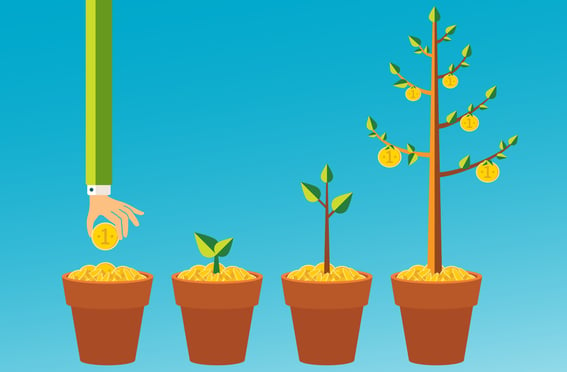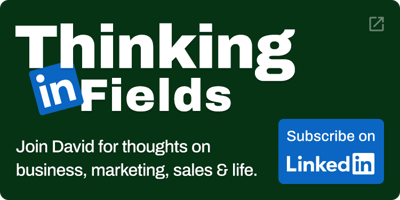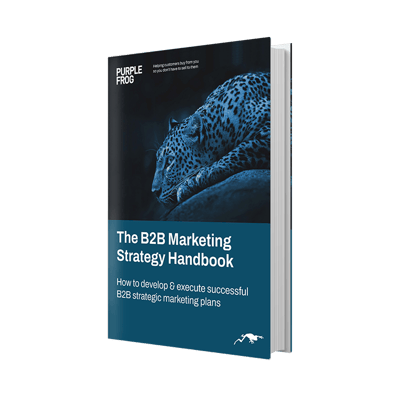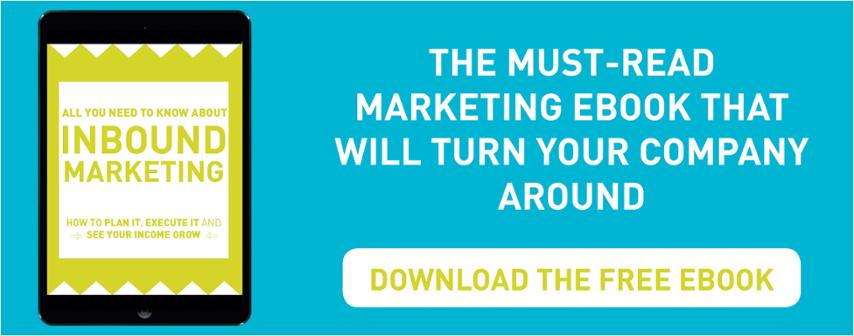Smart Cities: What Can They Teach Today’s B2B Marketers?


I attended a fascinating event last week where Andrew Pryke from BAM Design talked about the future of Smart Cities.
Smart Cities are in effect controlled by that buzz word of today, big data, and that for many will already cause an element of trepidation to leap into their mind. But let us consider what the Smart City is all about and then maybe that fear will not feel quite as bad.
The internet of things is allowing the collection of data in all areas of our lives, and in construction it is being used to help reduce costs, not just now, but in the long term as well. The monitoring of energy usage is something most of us are becoming aware of, but this is being expanded into the total management of buildings. Where room usage can be monitored and spaces re-designated when usage drops. Where waste bins can be emptied when full, rather than when they have overflowed or are just a quarter full. In essence, what Smart Cities are about is delivering an effective and timely service. Or so you might think.
In fact, Smart Cities are all about managing data, based on user experience or user requirements. Think about it, why should a council decide whether rubbish bins are collected weekly, fortnightly or monthly? With data being fed to them from the bin, they can be emptied at the optimum time, both for the user and the cost of collection. It is all about putting things into the context of our lives.
So, what has it to do with marketing?
Well, we come back to big data and how it is collected, and then most importantly, how it is used to enhance and improve our lives. Even today you can use apps on your phone to help you navigate, with real-time data being used to avoid traffic jams, road works or closed stations; and restaurants for example can ping you offers etc. when you are in their vicinity.
But it is not just big data that counts, it's just, as the name implies, almost too much for anyone to know what to do with it, and often when people try to make a sense of it, they just use averages and treat everyone as the median. What really counts is shared data.
Shared Data is data that people are willing to share in order to make their lives better; they share it because they want people to act on it, either by solving a problem, delivering a desire or fulfilling a need. Imagine a world where pot-holes are repaired not because a council worker has painted a white line around it, but because people have reported it and the more poeple report that the more it is prioritised.
Andrew referred to this phenomenon as Smart Citizens, as it is the people who are sharing the data and information that makes their life better.
And all this is exactly the same in marketing and in B2B marketing, which often seems to lag behind everything, so it is vitally important that marketers focus on the concept of shared data.
So, what is shared data in the B2B world?
Quite simply it is the data, the business intelligence, that your clients and your prospective clients share with you, and if you listen you will find that they are sharing a lot. Some of the data will be affirmations, some will highlight challenges they face and some their disappointments. It is how you use and respond to this data that is true marketing, as your communications to them should be in the context of what they are sharing with you.
Imagine in the Smart City, if you wanted to go to the theatre but you were sent tickets to a football game, you would feel pretty fed up. Well, that applies in marketing as well: if your problem is not addressed but instead you are sent generic information about something you don’t want, then you will at best disengage and probably be fed up as well.
You live your life in your own context, care and worry about what and who is important to you, and accept that these things change with time. Marketers need to accept this. Stop buying lists they can use to bombard people with stuff they don’t want, stop interrupting them at every turn. Marketers need to act with the client and prospect in mind, remembering to ask permission for sending them information, and if data is shared with them, communicate within that context and that context alone, until asked to share more.
Inbound sales and marketing can help you on the start of this journey of change.
More from For fun

9 Genius Business Growth Strategies for B2B
When you talk about growth strategies, more often than not people assume you are talking about B2C. In fact, it’s somewhat rare...
Flipping the B2B Sales Funnel
We all know how the typical B2B sales funnel looks like, even though the way the sections are divided tends to vary slightly....





